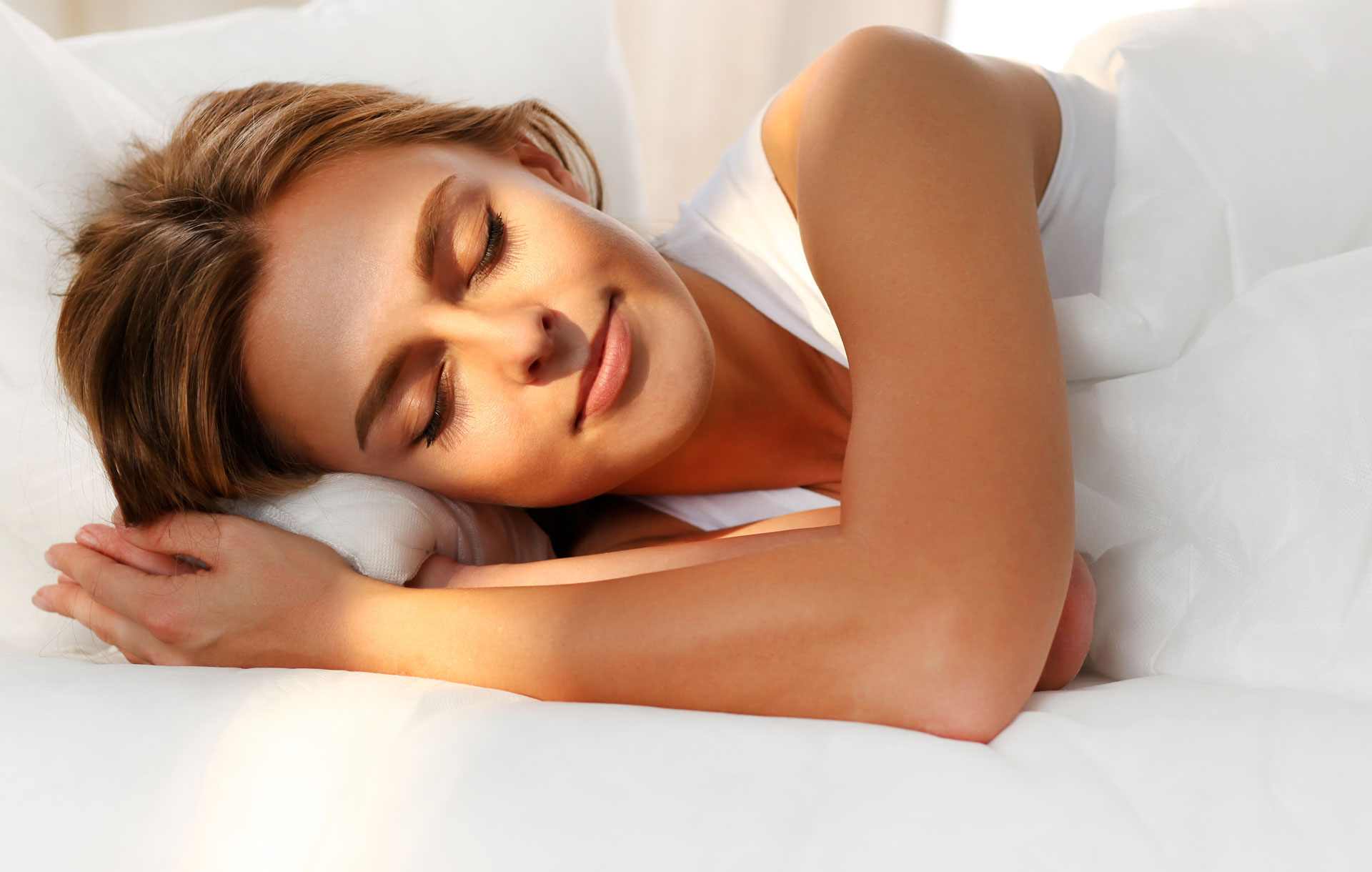
How to Reduce Facial Aging with Proper Sleep Positions
We do so much to make our skin look good in the morning. But without proper rest, the face is destined to look unhealthy and tired. Most patients understand the importance of getting enough sleep each night, and the effect that ample sleep can have on improving skin tone, texture, and appearance. What is less readily known is how the positions we sleep in affect anti-aging efforts and postprocedure recovery. There are several ways in which sleep position can impact the process of facial aging. Here are some great tips to share with your clients!
LYING HORIZONTALLY
Regardless of what position you sleep in, the act of laying in a horizontal position of any nature will inevitably shift the balance of fluid distribution towards the upper body. This fluid shift is frequently manifested by facial swelling seen early in the morning when we first wake up and is especially noticeable around the eyes and in the upper cheek area.
Facial swelling associated with sleep, although inconvenient and unsightly, usually disappears within a short period of time after the upright position is regained. However, it’s important to note that the long term effects of this continuous cyclical swelling should not be underestimated.
Daily expansion and contraction of the facial tissue puts a strain on the ligamentous support of the face, which may eventually lead to stretching and sagging associated with an aged appearance.
[ihc-hide-content ihc_mb_type=”show” ihc_mb_who=”2,4,6,7,5″ ihc_mb_template=”3″ ]
SLEEPING ON YOUR STOMACH
This problem can be exacerbated by excessive fluid intake before bedtime, as well as sleeping on the stomach with the face down. I would recommend against sleeping on your stomach if you can. This position tends to create a more significant accumulation of fluid under the eyes, meaning increased puffiness and places your face under increased pressure during the night.
SLEEPING ON YOUR SIDE
Another process that can compound the damage to the supporting ligaments of the face during sleep is the shearing forces created by the movement of the facial skin against the pillow. These forces are not significant enough to noticeably stretch the skin overnight. However, when this process continues every night over an extended period of time it can lead to additional damage to the tissue supporting mechanism and result in the aged appearance of the face. This type of sleep-related facial aging is associated with sleeping on the side. Since most people sleep on their side, I recommend using a pillowcase that doesn’t tug and stretch the skin as much, such as one made of silk or satin.
SLEEPING POST-PROCEDURE
After a facelift or any facial cosmetic procedure, I always recommend that patients sleep on their backs with the head slightly elevated 20-30 degrees upright. For optimal results and shortened recovery time, it’s important to maintain this sleeping position for at least a month after the procedure, unless there is some notable exception, which I would suggest discussing with your doctor. The most critical time when one should try to minimize the face’s nightly swelling by maintaining a proper sleep position is the first week after the surgery. After the first week, the need for a “good night sleep” might overcome the concerns of excessive tissue swelling for the habitual side or stomach sleeper. In this case, they may return to the position that provides them with restful night sleep.
SLEEPING ON YOUR BACK
Regardless of whether you’ve just undergone surgery or not, sleeping on your back is the best sleep position for anti-aging. It avoids the back-and-forth rubbing exchange associated with side and face-down sleeping and mitigates puffiness and fluid buildup in the face. For those who follow a nightly skincare regime and use products before going to bed, sleeping on your back also decreases the amount of product that can be transferred to your pillow at night.
[/ihc-hide-content]












